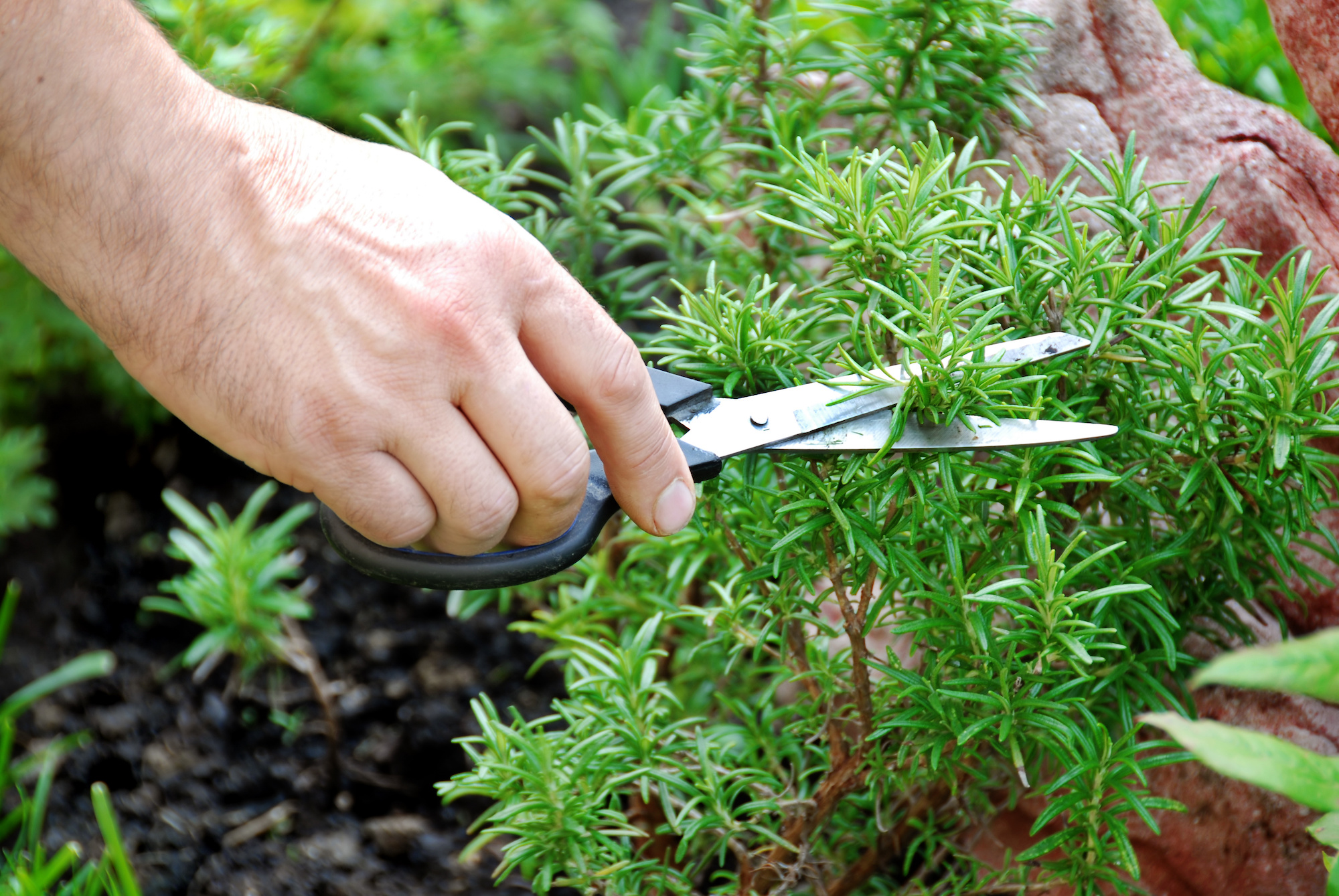Herb gardening mistakes are simple to make – and keeping your herbs healthy and tasty is easier said than done. They come with the misconception that they don’t need as much nutrition as other plants – but this is not the case. Whether it’s their placement, position in a pot, or your watering routine (or lack thereof) – there are a handful of factors that may be impacting the overall look and taste of your herbs.
1. Use Rich, Nourishing Soil
Begin with nice, fresh garden or potting soil. If you are growing in containers, purchase a good brand of potting soil. You can keep this replenished by feeding the soil with used coffee grounds and crushed eggshells.
These make an excellent, pH neutral, organic soil amendment. You can also compost your kitchen scraps to create excellent, rich soil; however, this is a topic for an entire article all on its own!
2. Start With Seedlings
When you buy a package of seeds it may seem you’re saving quite a bit of money; however, many things can go wrong when growing any kind of plant from seed. If you are new at gardening, you are far better off starting with seedlings.
Realize that when you purchase a package of seeds you are in essence purchasing dozens of little pre-seedlings. You probably don’t need that many!
Begin by purchasing one or two of the very healthiest looking seedlings available in your local grocery, home-improvement or gardening center.
Take good care of these, and you should have plenty of fresh herbs to enjoy.
3. Start With Something Simple
Just as with any kind of plant, there are herbs that are difficult to grow and herbs that are easy to grow. Basil happens to be one of the easiest herbs. Start your growing adventure with a couple of strong and hardy basil seedlings.
4. Water Correctly
If you’re used to watering houseplants, you may have developed a habit of watering deeply once a week. For herbs, it is better to water lightly on a daily basis.
Be sure to provide your herbs with plenty of drainage and light and airy soil to prevent over-watering, and give them a little drink every day along with a light misting.
5. Let There Be Light
It goes without saying that all plants need lots of light. If you plan on using only natural light, be sure to set your indoor herb garden up in a south-facing window or sun porch.
If you do not have good natural light, you can provide proper lighting with grow-lights. Most herbs are very happy with fluorescent lighting. Choose from:
- Standard Tubes (T12 or T8)
- High-Output T5 Tubes
- Compact Fluorescent Lamps
- Fluorescent Light Bulbs
Choose full-spectrum tubes for the most natural quality of light. Just starting out, you should only have a couple of plants, but as you increase your garden be sure to provide ample bulbs for the number of plants you have.
6. Prune Aggressively
To keep your basil growing in a strong, sturdy, bushy manner be sure to begin pruning early on. Remember these tips for healthy and successful pruning:
- Don’t prune the bottom leaves. They should stay in place for the health of the plant.
- Make your first cut about 3 inches above soil level and above a growing set of leaves.
- Always trim above a growing set of leaves, not below.
- Remove buds as soon as they appear.

